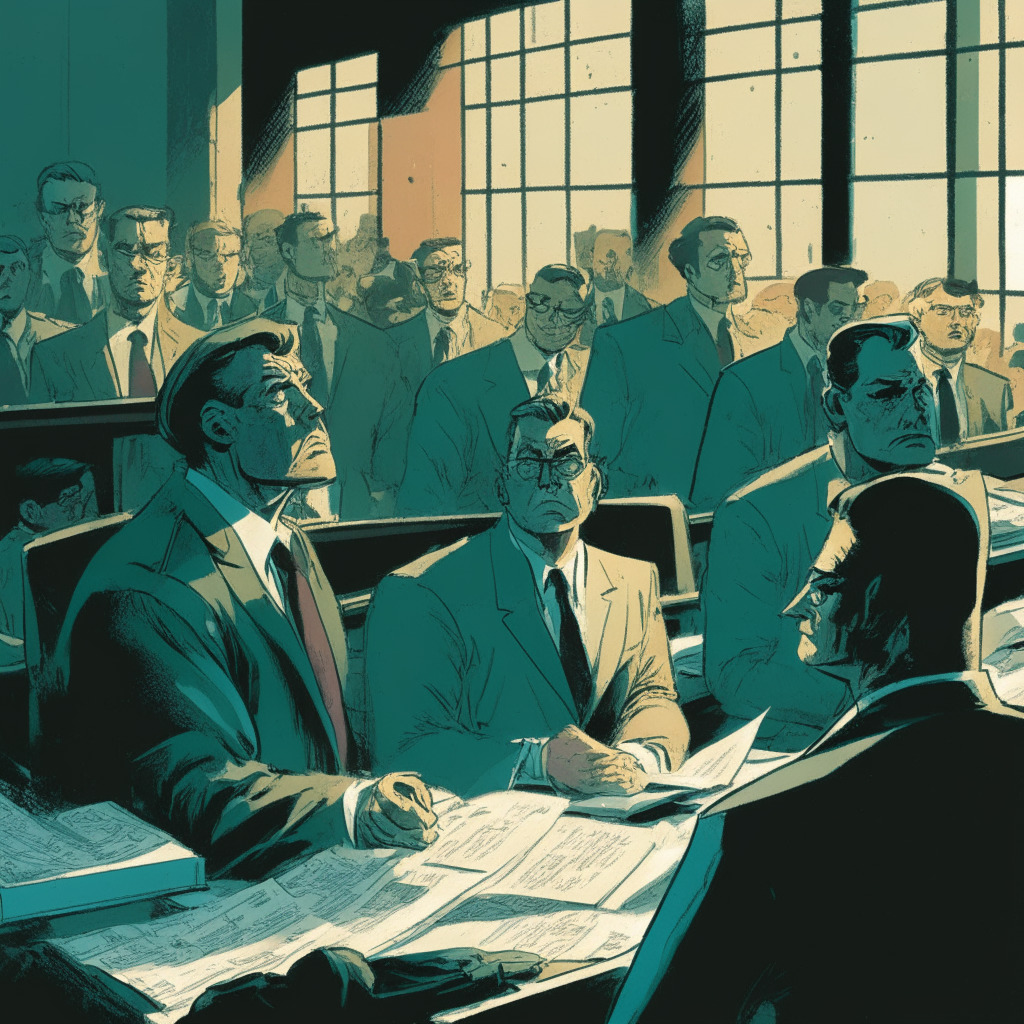The legal fireworks surrounding the bankrupt FTX and its proposed reorganization plan intensify as creditors fling criticisms and the firm’s lawyers retort with equal vigor. FTX’s backers contend that creditors exhibit a reckless disposition to gamble estate assets for higher returns, heedless of the possible repercussions for other stakeholders.
FTX administrators, who are maneuvering the company through the reorganization, have aired their grievances regarding the actions of the creditors’ panel, most of whom are crypto traders and market makers. They argue that these individuals are attempting to seize control of assets without contemplating the negative outcome on others involved.
The fracas ensues amid negotiations between stakeholders on a restructuring scheme aimed to resolve the staggering $8.1 billion debt the firm owes to customers. The tension arose when FTX’s management team, headed by CEO John Ray III, submitted a draft reorganization plan, on July 31—an action that prompted immediate backlash from the committee of unsecured creditors.
According to FTX administrators, their proposed plan was assailed “mere moments” after submission, despite months of discourse with the committee’s professionals. They emphasized the extensive exchange of 112 documents, dozens of calls and meetings, and the time input of 779 hours from the committee’s legal advisors.
In a counterattack, FTX lawyers highlighted the attempt of the Committee to push for a plan that unilaterally vests control of billions of dollars in liquid assets with unrestricted crypto traders and market makers. They tagged this as a risky maneuver, susceptible to affect other stakeholders adversely.
Another issue complicating matters is the creditors’ dissatisfaction with FTX’s decision not to invest in treasury securities. While the firm’s lawyers emphasized the inherent risks in such investments, the committee was deemed ready to stake estate assets on higher returns—an approach contested by the firm and its independent Board.
Although the committee, comprised primarily of traders and market makers, possesses certain skills regarding the crypto space, FTX cast a shadow over their competence in restructuring strategies. The firm also disputed the committee’s representation of all unsecured creditors and the majority of the 1.9 million customers of the FTX.com exchange.
This ferocious interplay between FTX and its creditors threatens to further prolong the negotiation process, reflecting a power struggle that goes beyond simple restructuring. As the firm aims to navigate itself out of this predicament, one can only hope that all stakeholders’ interests are considered to ensure a fair and beneficial outcome.
Source: Coindesk




